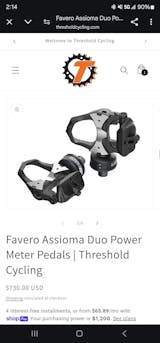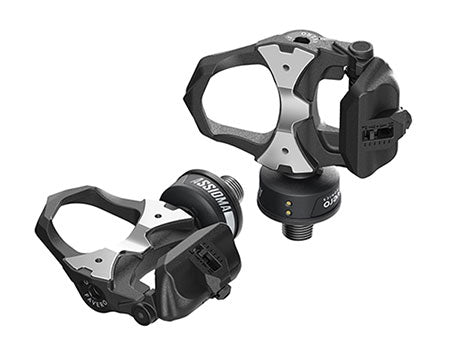
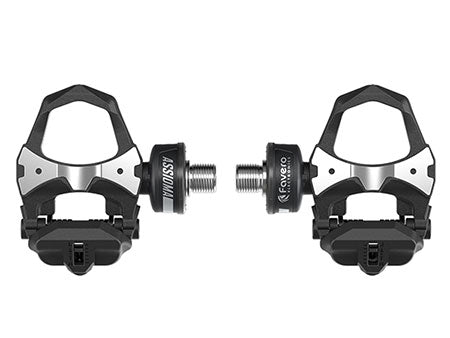
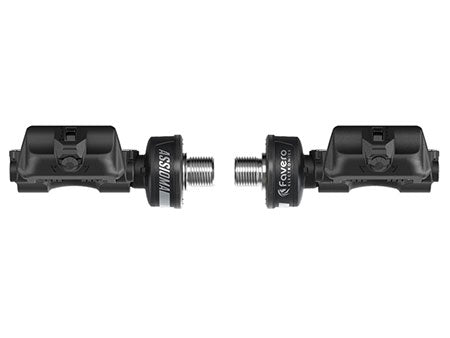
Related Articles You May Like

Cycling Power Zones Explained
Cycling power zones change your training from guesswork to precision and help you get better results from every minute in the saddle. Smart trainers and power meters are now more...
Cycling Power Zones Explained
Cycling power zones change your training from guesswork to precision and help you get better results from every minute in the saddle. Smart trainers and power meters are now more...
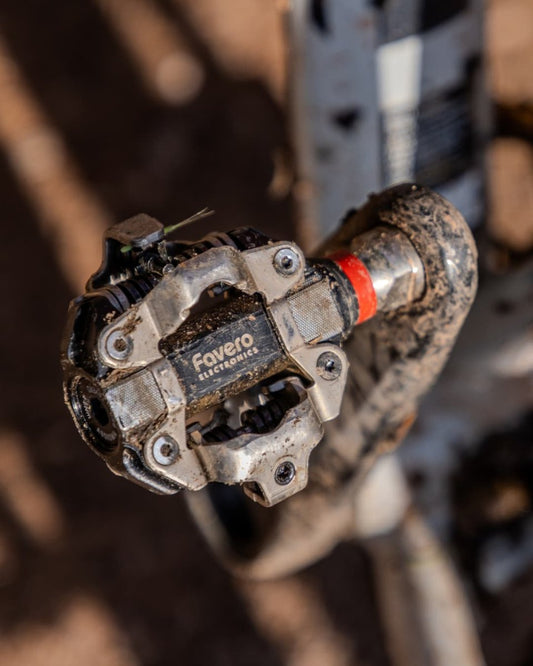
10 Best Power Meters of 2025
Cyclists no longer train by feel alone. Power meters have revolutionized riding by converting subjective effort into precise data measured in watts. These training tools have evolved from pro-level equipment...
10 Best Power Meters of 2025
Cyclists no longer train by feel alone. Power meters have revolutionized riding by converting subjective effort into precise data measured in watts. These training tools have evolved from pro-level equipment...
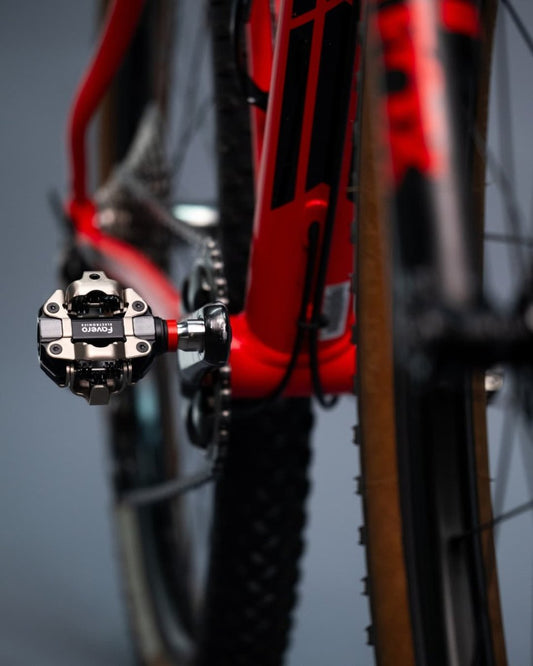
The Ultimate Guide to Cycling Power Meters: Eve...
Are you serious about cycling performance? Do you want to train smarter, not just harder? Cycling power meters have transformed from being tools exclusively for professional riders to becoming increasingly...
The Ultimate Guide to Cycling Power Meters: Eve...
Are you serious about cycling performance? Do you want to train smarter, not just harder? Cycling power meters have transformed from being tools exclusively for professional riders to becoming increasingly...




